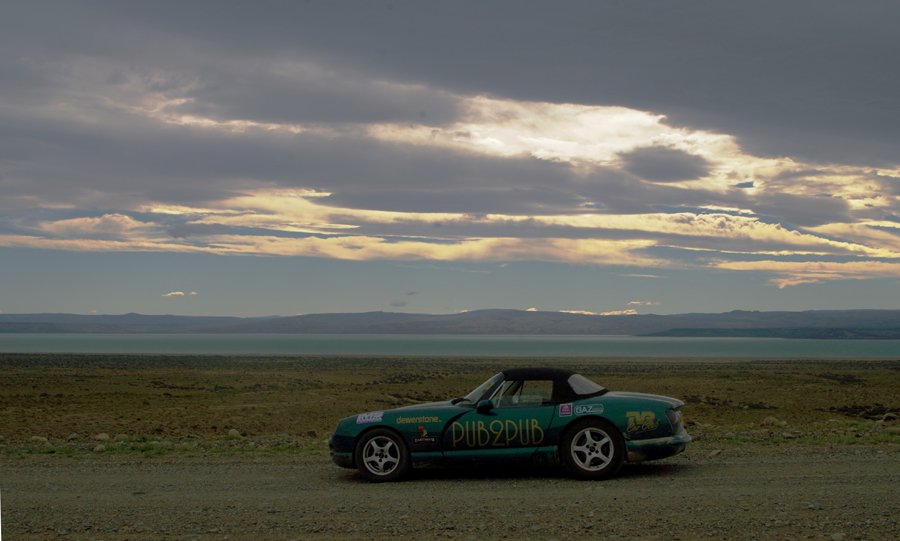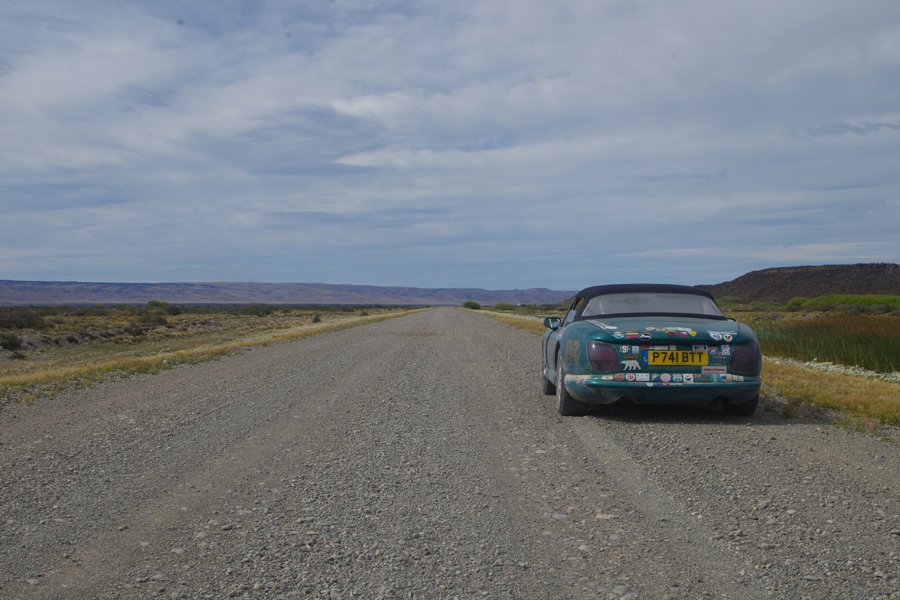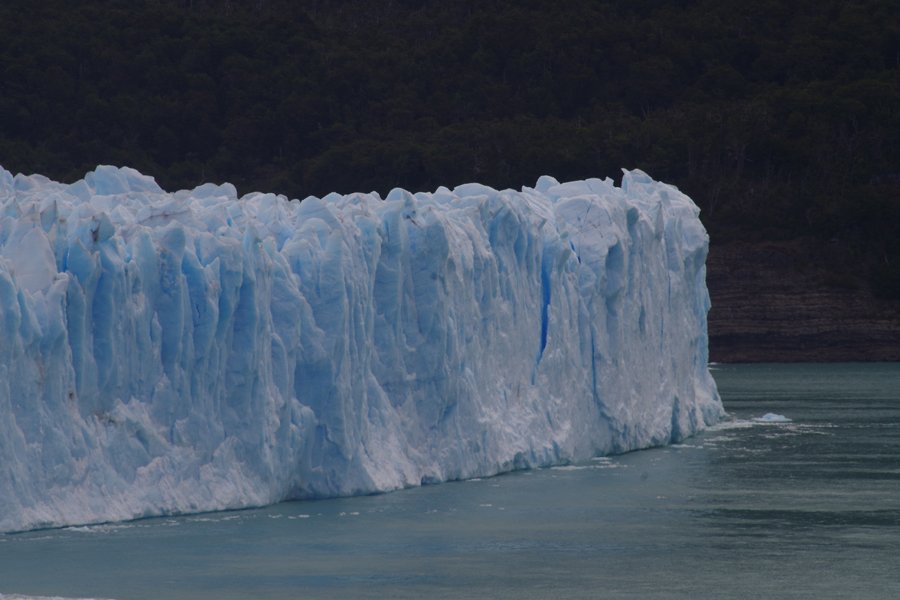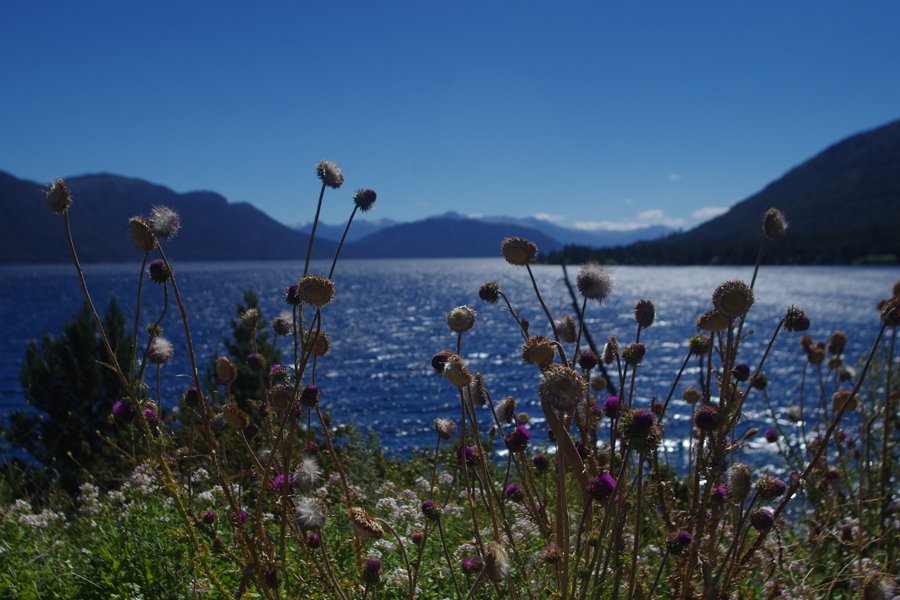Detour #163: Driving to the end of the world, Patagonia
Photo Ben Coombs
Ben Coombs sets course for the end of the world. In one of the world’s least-likely adventure vehicles – a TVR.
To set off on a long road trip is to set in motion a series of goodbyes. As you drive away, in those first few miles you bid farewell to the familiarity of your home, your friends, your neighbourhood. In a day or two, it might be your country which you leave behind, and the cultures so familiar to you begin to morph into something half-known. Keep driving, and you may find yourself on another continent, in a landscape far removed from yours, and surrounded by people who live in their own, very different way. Your known world falls behind you, and yet more remote lands lie in wait. There’s a sense that if you carry on for long enough, you might find yourself at the end of the world.
But in an inarguably spherical world, where is the ‘end’?
I would suggest that as a construct of the human mind, the end of the world could be considered to be the place to which mankind has travelled furthest to reach. And if we consider that the human race began in Africa’s Rift Valley before, over the millennia, spreading out across Eurasia and crossing the then-frozen Baring Straits before populating its way down through the Americas, then for the human race, there can only be one end of the world – the southernmost tip of the Americas.
Patagonia.
Of course, I just had to drive there.
But to do so from the UK was not just the work of a moment. It took years of planning and six months behind the wheel of my trusty TVR Chimaera, covering over 30,000 kilometres and crossing Europe, North, Central and South America, before I reached this mythical landscape of my dreams.
But of course, for all that our minds are prone to mythologizing it, Patagonia is a real place just like any other, covering a million square kilometres of southern Chile and Argentina. And as I drove south on the smooth, mottled tarmac of Ruta 40 – Argentina’s answer to Route 66 – this landscape which had previously existed only in my mind revealed itself to me. But whereas in my mind, the region had possessed the uniformity of the steppe, in reality my first impression was of a landscape of two halves. Around me, a thinly-grassed gravel plain was split by the smooth, mottled tarmac, while to my right, a range of mountains glistened in the sunlight.
These were the southernmost reaches of the Andes, gradually descending from the Altoplano to become the islands of Tierra del Fuego. I cruised through this landscape for hour after hour, day after day. The mountains and their resident glaciers always shimmering ethereally to my right, the steppe reaching endlessly to the horizon on my left. The sun would arc overhead, rising from steppe before descending to the snow-peaks, and as the driving was effortless. With few towns to negotiate, and little other traffic around, my mind was free to dwell on where I’d found myself. And as it did so, as it took my situation and overlaid it upon the bigger picture, the sense that I was driving to the end of the world heightened. I felt sure that, the further south I went, the more I could feel the continent narrowing around me, as the Atlantic to my left and the Pacific to my right pressed in closer and closer. My mind extrapolated it to being like driving down a gradually narrowing tunnel. Soon, these immense bodies of water to my sides would meet, and further progress would prove impossible.
But Patagonia is big. For day after day I continued, as the oceans tightened around me, and the mountains drifted closer. Sometimes the tarmac gave way to gravel, and I burbled along the piste, alone beneath the sky, totally reliant on my trusty TVR. Sometimes a town or village emerged from the wilderness, dusty and almost apologetic as it broke the sameness of the landscape. And just occasionally, a sign of the world in which we live would intrude. A police checkpoint maybe, or even a border crossing.
It was in Chile that I finally reached the end of the road. To the south of Punta Arenas, the tarmac fizzles out next to the Strait of Magellan, and it is impossible to drive any further south on the American mainland. Finally, the pressing oceans had closed the path ahead, and the only way to continue south was by taking to the water.
The Patagonia of my mind hadn’t ended like this. Over the previous days my imagination had willed those roads across the endless steppe to somehow defy the closing oceans, and go on forever. And as I stood next to the TVR which had carried me all the way there from Europe, I found a small part of me wishing my imaginary, endless Patagonia had been real. For to drive on forever across such a mesmerising landscape in my trusty Chimaera would certainly be no hardship.








